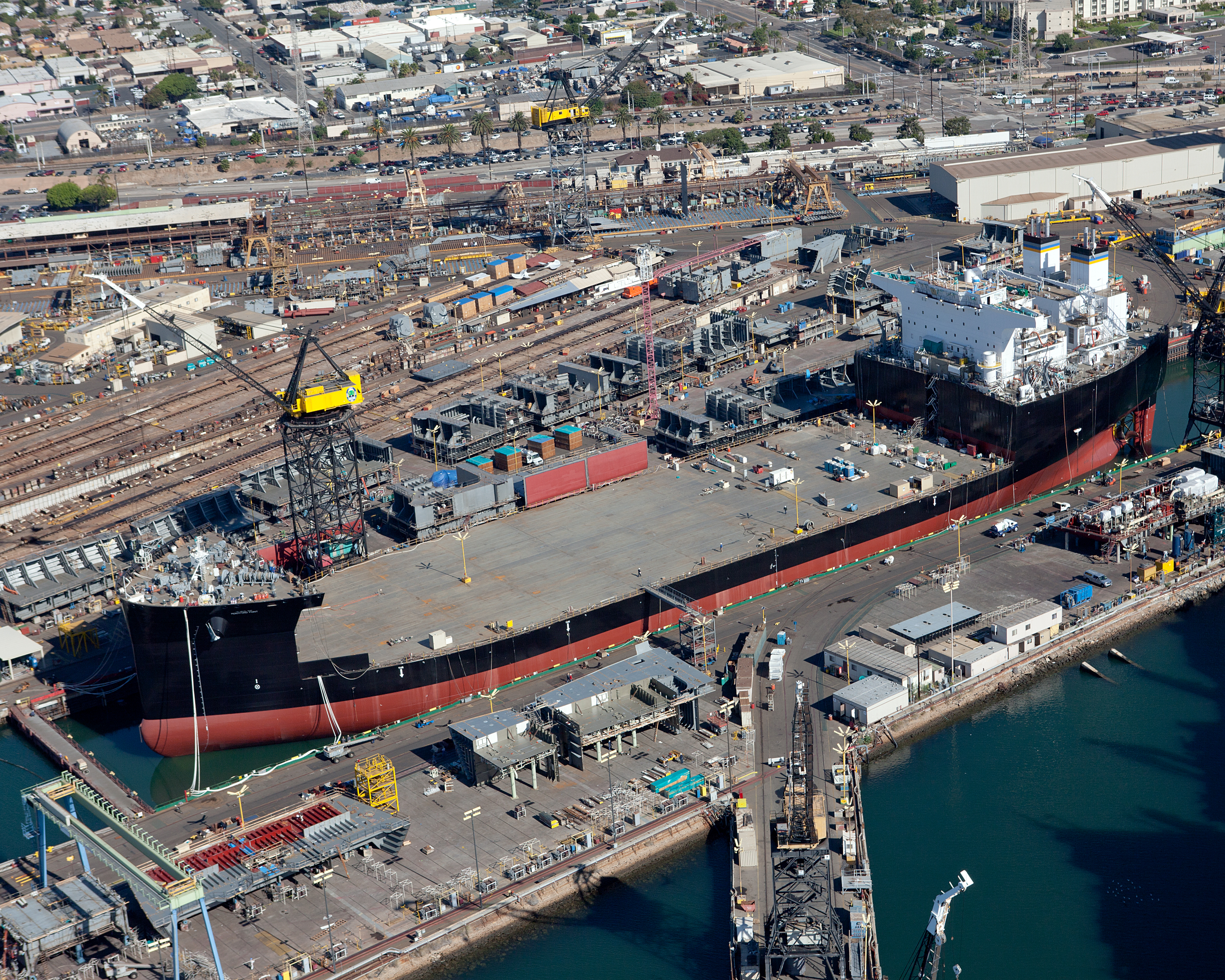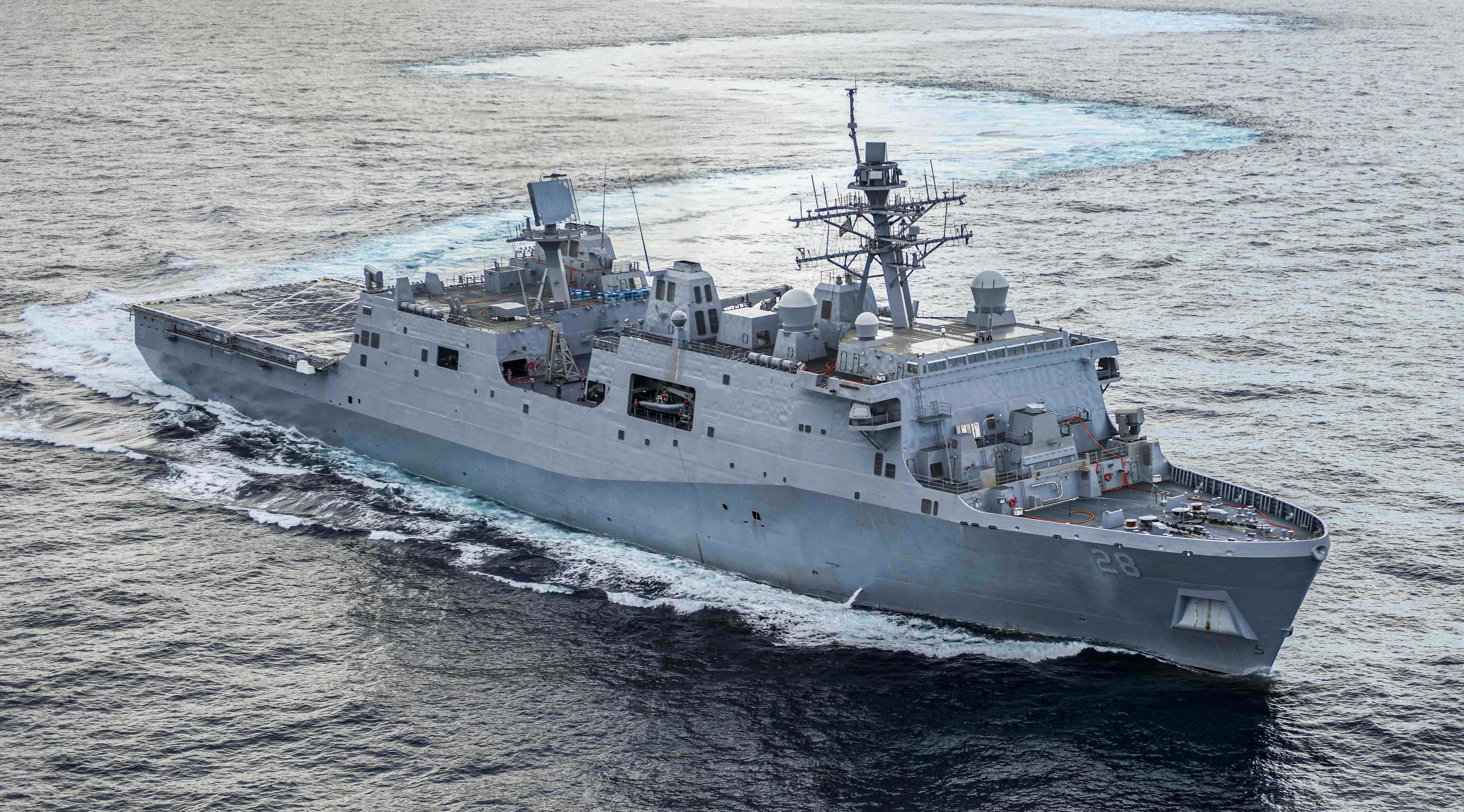
WASHINGTON, D.C. — The California shipyard the U.S. Navy relies on to build its auxiliary ships and some potential future amphibious warships is “one contract away,” from “peril,” the Navy’s top shipbuilder told a Senate panel on Wednesday.
Sean Stackley — Assistant Secretary of the Navy for Research, Development & Acquisition (RDA) — said preserving General Dynamics NASSCO was a key component of the service’s current plan to combine the Navy’s new fleet replacement oiler (TAO(X)) and amphibious warships contracts into one competition.
“NASSCO is a contract away,” he said at a hearing of the Senate Armed Services Seapower Subcommittee.
“They’re in peril and that’s why this [deal] is an important aspect of NASSCO’s viability.”
The deal, first floated as part of the service’s Fiscal Year 2016 budget, will have NASSCO and Huntington Ingalls Industries (HII) Ingalls Shipbuilding compete for contracts for TAO(X), the follow-on big deck amphib to the America-class (LHA-7) and the next generation amphibious warship LX(R).
The Navy crafted a competition “with what we believe to be about the same in terms of man hours of work and about the same in horizon of time so that industry has some assurity that ‘ok, we understand how much work is coming our way and we can build this into our business base and sharpen our pencils in terms of competition’,“ Stackley said.
Currently, the U.S. Navy relies on eight shipyards to build its about $15 billion a year in ships — arguably much more capacity than the service needs for the nine to ten ships a year the Navy builds.
However, Stackley and the service are keen on preserving the industrial base as a strategic asset as part of a larger national security context that leads to deals like the current oiler-amphib contract and the prior teaming agreement between HII’s Newport News Shipbuilding and General Dynamic Electric Boat in which each manufacturer builds part of the Virginia-class (SSN-774) submarine.
“The strategy that we have put forward does a couple of things. It sends a signal to our industrial base that we’re going to limit competition to the two shipbuilders that we believe are absolutely essential to our industrial base,” Stackley told the panel.
“Today, Ingalls builds four different ship classes. Today, NASSCO builds one Navy ship-class and commercial work. We view them both as critical to our industrial base.”
Though Stackley indicated that NASSCO was most vulnerable “if Ingalls doesn’t get one of those two major programs, they are at risk,” he said.
The acquisition for the first-in-class TAO(X) is set to begin in 2016 while LHA-8 is a 2017 ship with early procurement set to begin in in 2016.
LX(R) is set to start construction in 2020.
NASSCO is currently building the Afloat Forward Staging Base (AFSB) variant of the Mobile Landing Platform (MLP) for the U.S. Military Sealift Command.
Ingalls builds the current America-class big deck amphibs, Arleigh Burke-class (DDG-51) destroyers, San Antonio-class (LPD-17) amphibious warship and the Legend-class National Security Cutter for the Coast Guard.





